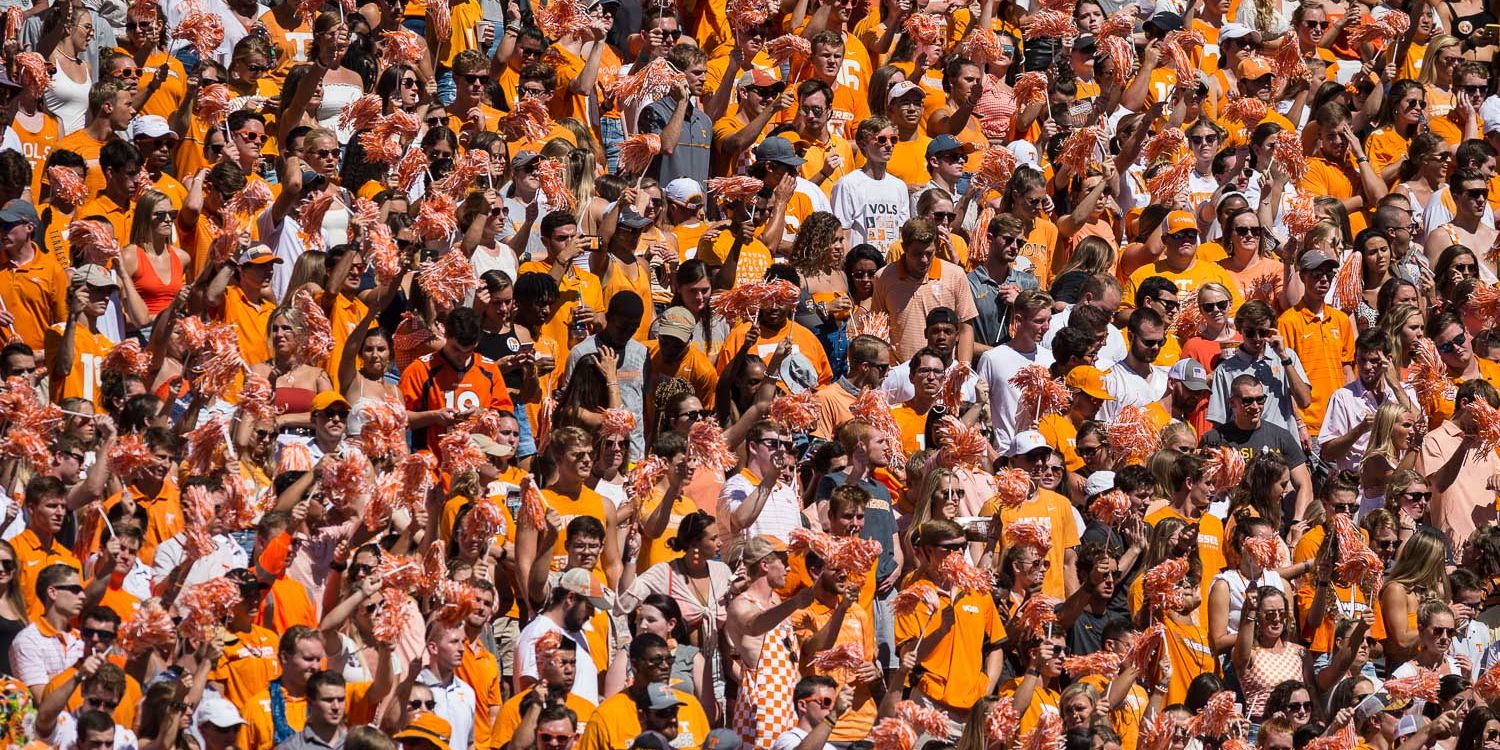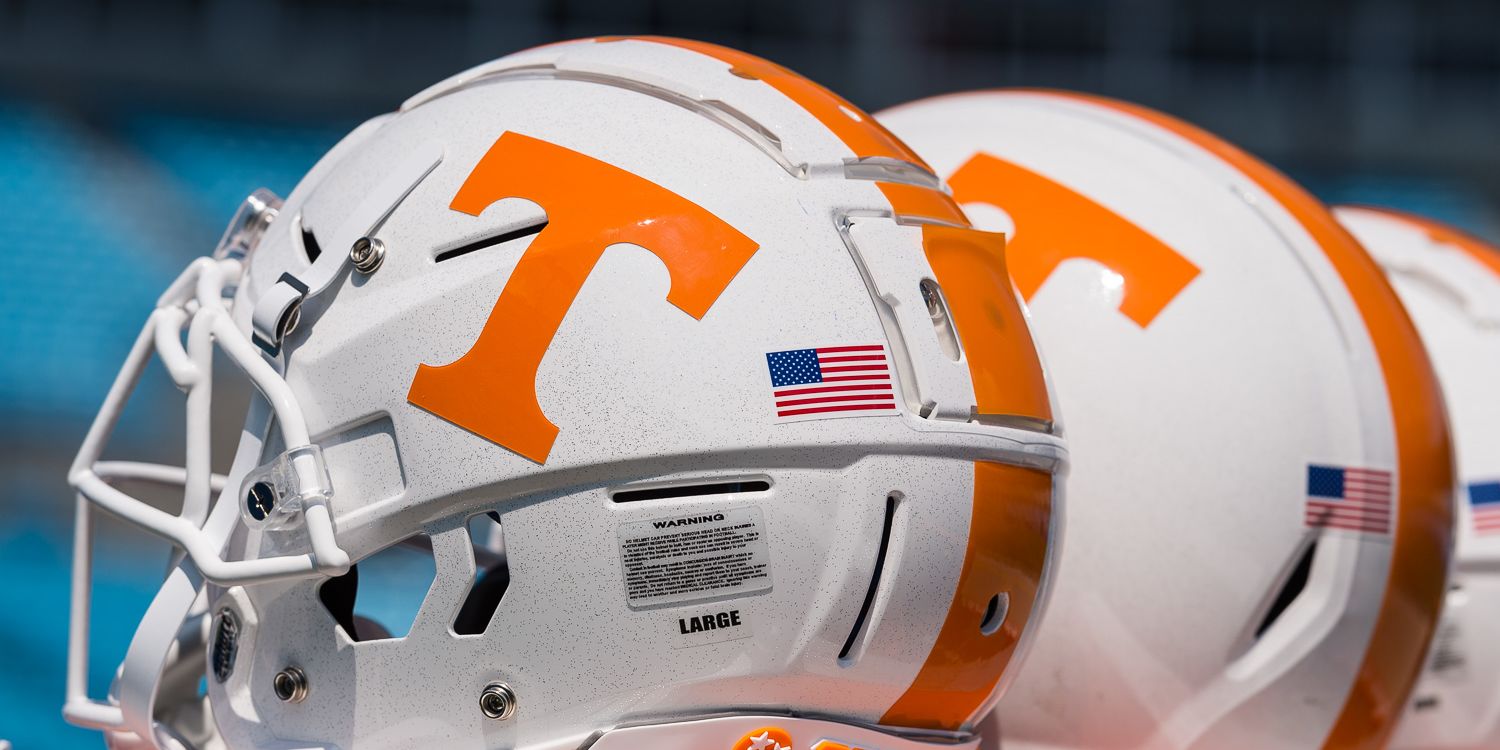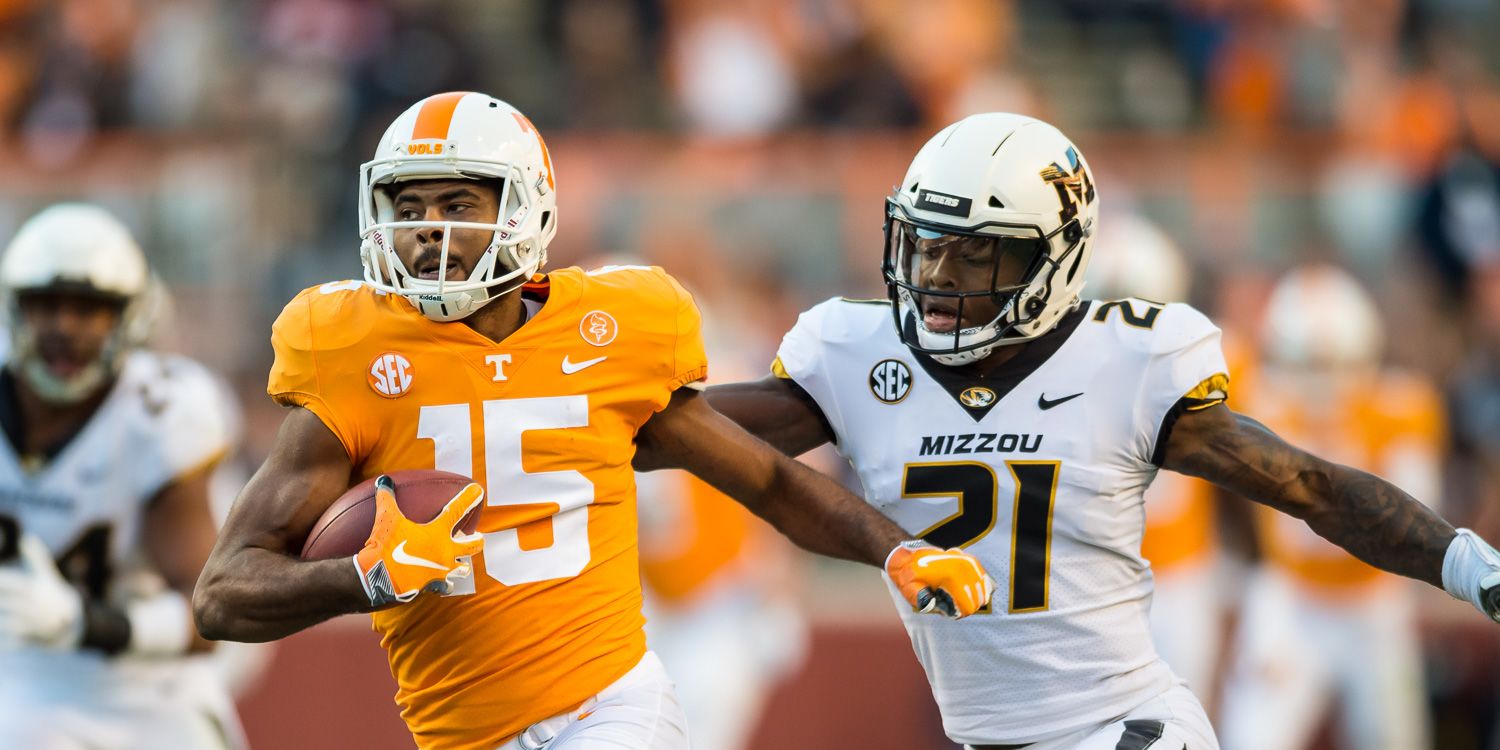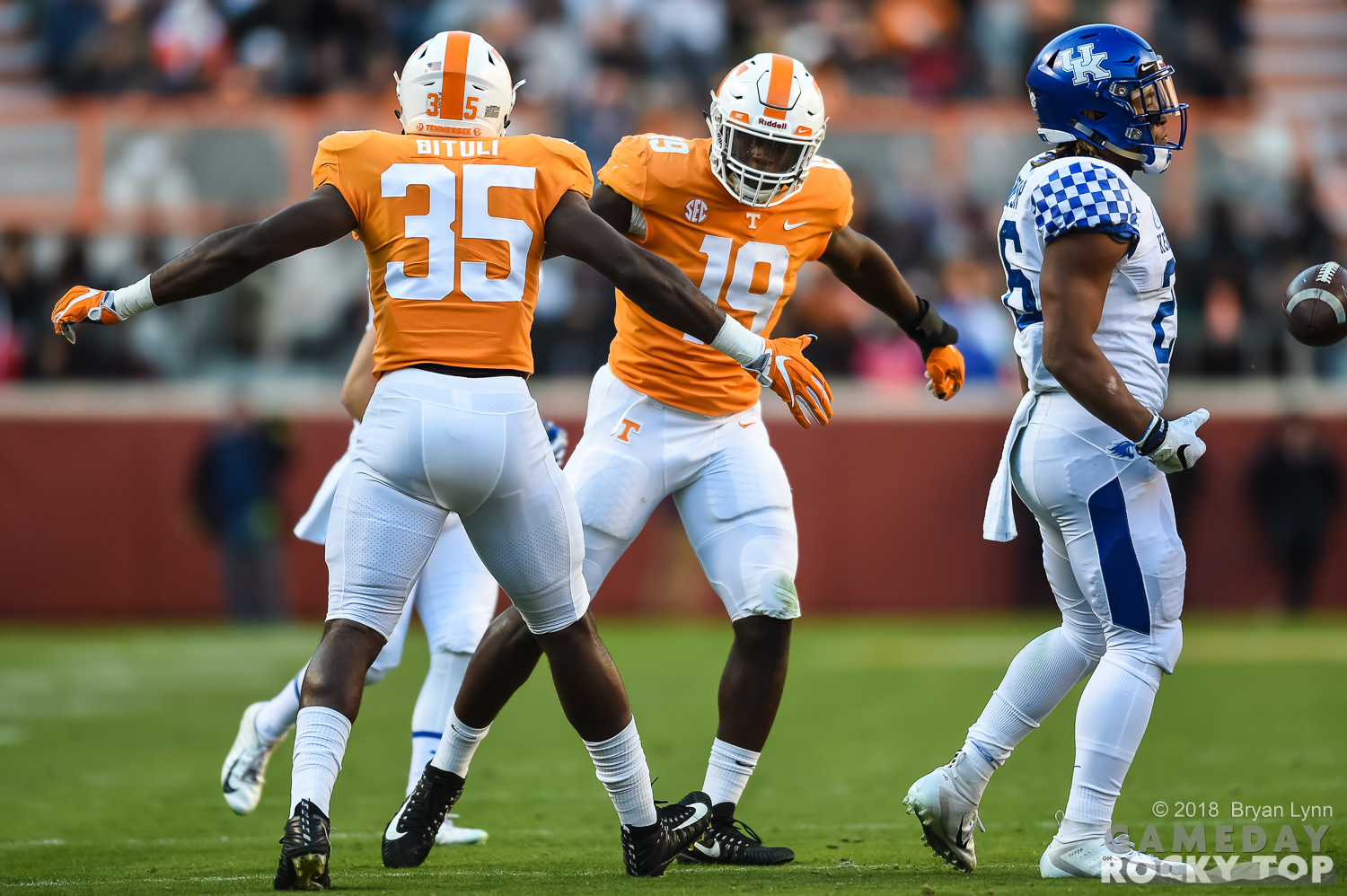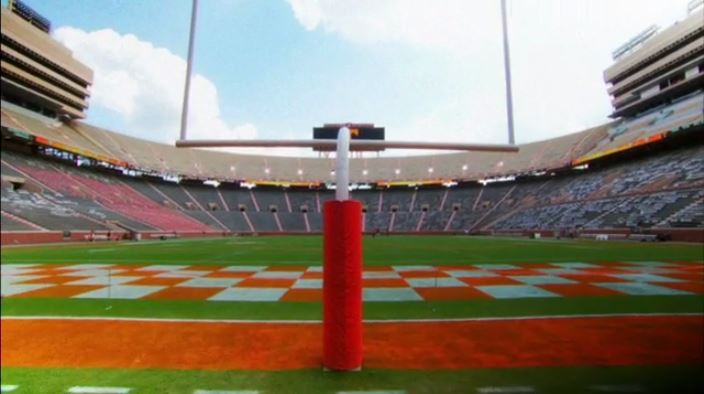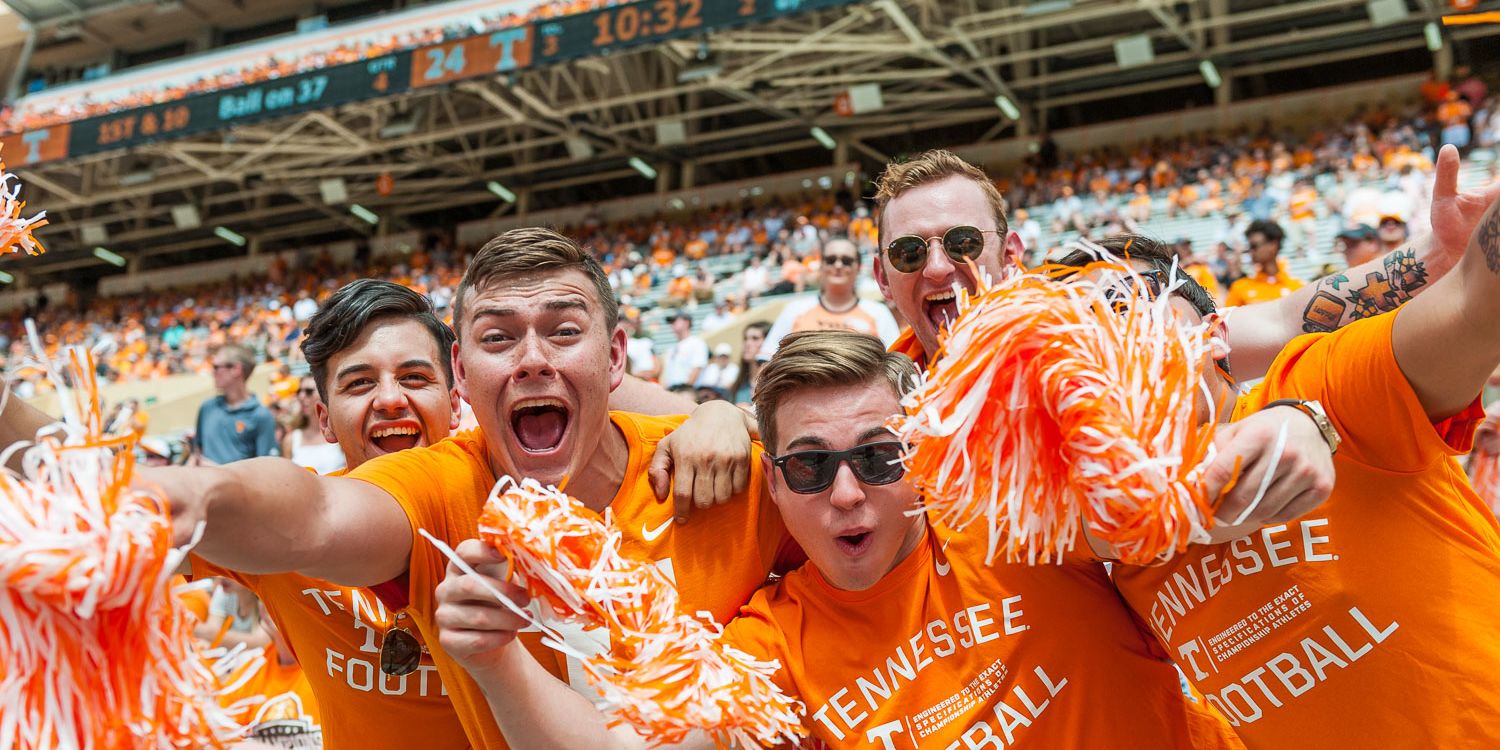Two weeks ago today, we talked about how progress was the expectation, and how much would be the fun part. More important than the difference between 6-6 and 7-5 would be how the team performed play-for-play a year after losing six games by four-plus possessions. Preseason projections from SP+ had the Vols within two possessions of every opponent except Alabama; FPI had the Vols within one possession of every opponent except the Tide.
The last two weeks have changed the conversation considerably. Even if the Vols fought their way back to 5-7 – which feels like an accomplishment from here, as our expected win totals this week are hovering around 3.45 – there is, of course, an actual difference between 5-7 and 6-6. Coming that close to bowl eligibility at the end of November would make us re-live the pain of the BYU loss.
Progress may be best measured now not in the distance to the top, but the distance from the bottom. That being the case, there’s an even more compelling argument to focus on what this team does on every snap…because there is still plenty of opportunity to be far more competitive this season.
In that department, you’re going to want to believe in FPI more than SP+. Tennessee’s projected margin of victory after this week:
| SP+ | FPI | |
| at Florida | -21.6 | -14.8 |
| Georgia | -23.4 | -14.7 |
| Mississippi St | -11.8 | -6 |
| at Alabama | Shut your eyes! | Don’t look at it! |
| South Carolina | -5 | -4.9 |
| UAB | 18.6 | 20.1 |
| at Kentucky | -7.6 | -6.2 |
| at Missouri | -14.7 | -8.6 |
| Vanderbilt | 6.9 | 7.8 |
Both models have the Vols favored only against UAB and Vanderbilt after this Saturday, where Tennessee’s line is about where it opened against Georgia State. FPI’s current projection has in part become SP+’s preseason projection: two-score losses to Florida and Georgia, a third squeaking by with Missouri at -8.6, but generally competitive in every other non-Alabama game.
Obviously, a 4-8 season isn’t going to be viewed as an overall success. It’s hard to re-calibrate expectations after a huge upset; it would’ve been interesting to see how the 2016 Vols were received if they beat Vanderbilt to earn a Sugar Bowl bid at 9-3, but still gave away the SEC East after losing to the Gamecocks at -14.5.
Still, week to week what this team (and its fans) need is the idea that Tennessee can compete. We’ll learn a lot about that against Florida. With a win against Chattanooga, the Vols can technically still carry the bowl eligibility conversation to the South Carolina game, with any win before then incredibly helpful. Between now and then, if the Vols can be relatively competitive with Florida, Georgia, and Mississippi State, it will not only be an important sign of progress, it will keep more fans in Neyland Stadium and invested wherever we find ourselves.
The last two weeks are a great reminder that we never know exactly what’s going to happen week to week. It’s a really tough road to six wins now. But the kind of progress that keeps people invested is still available. We’ll see what signs of life show up against Chattanooga.




